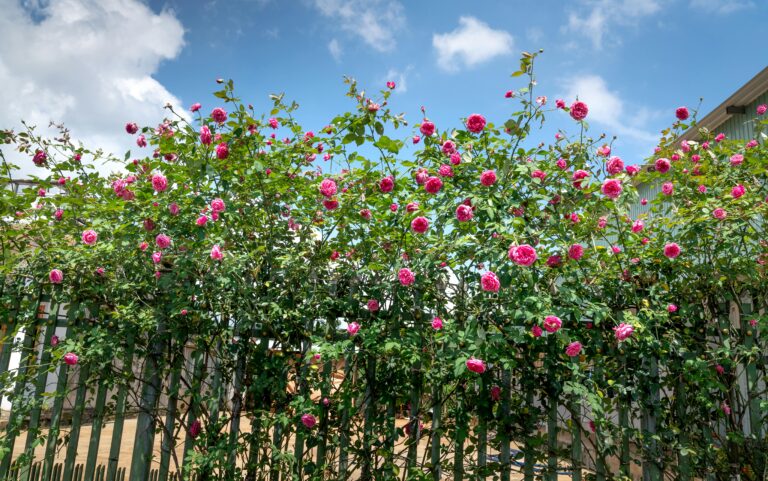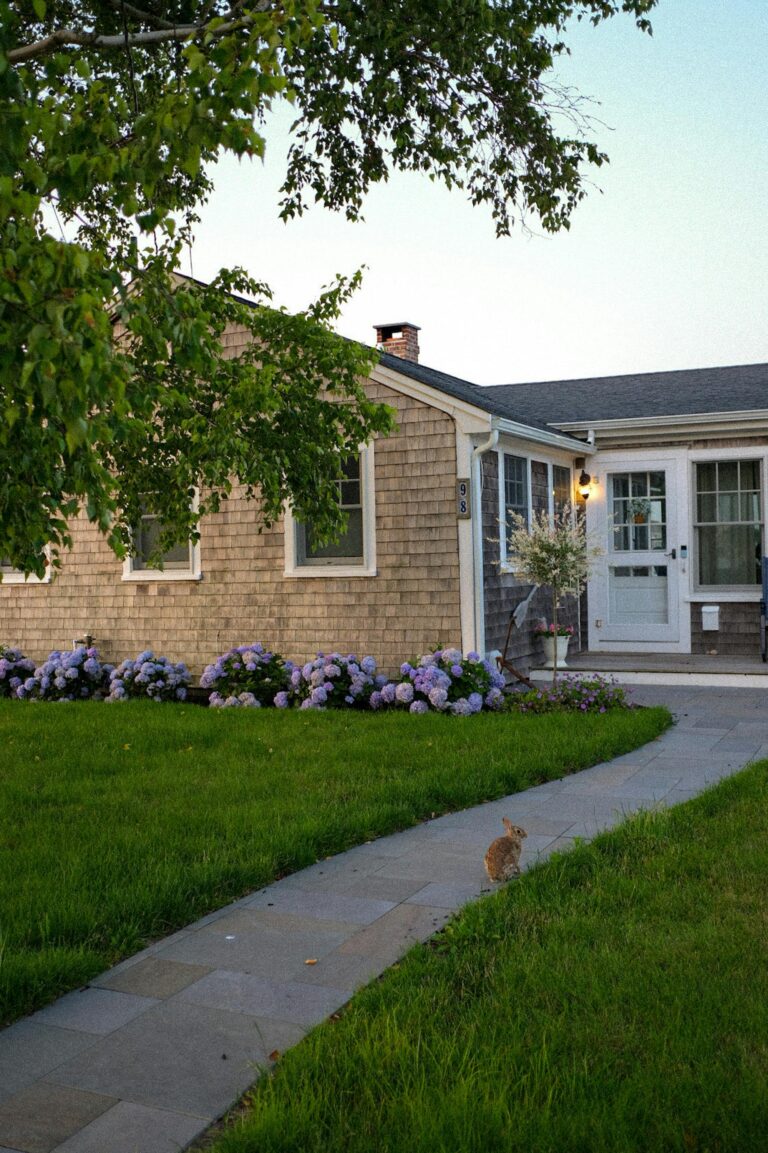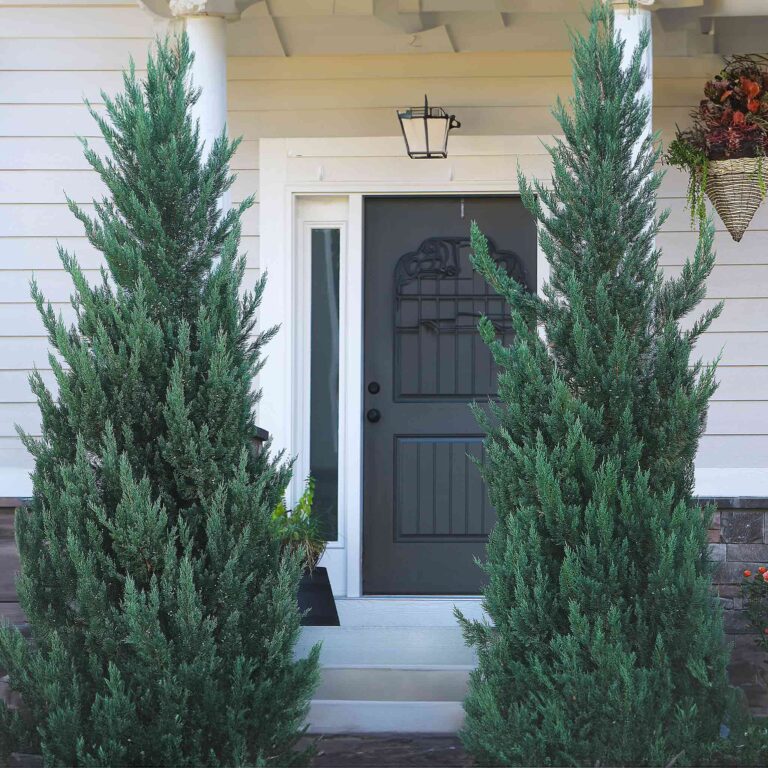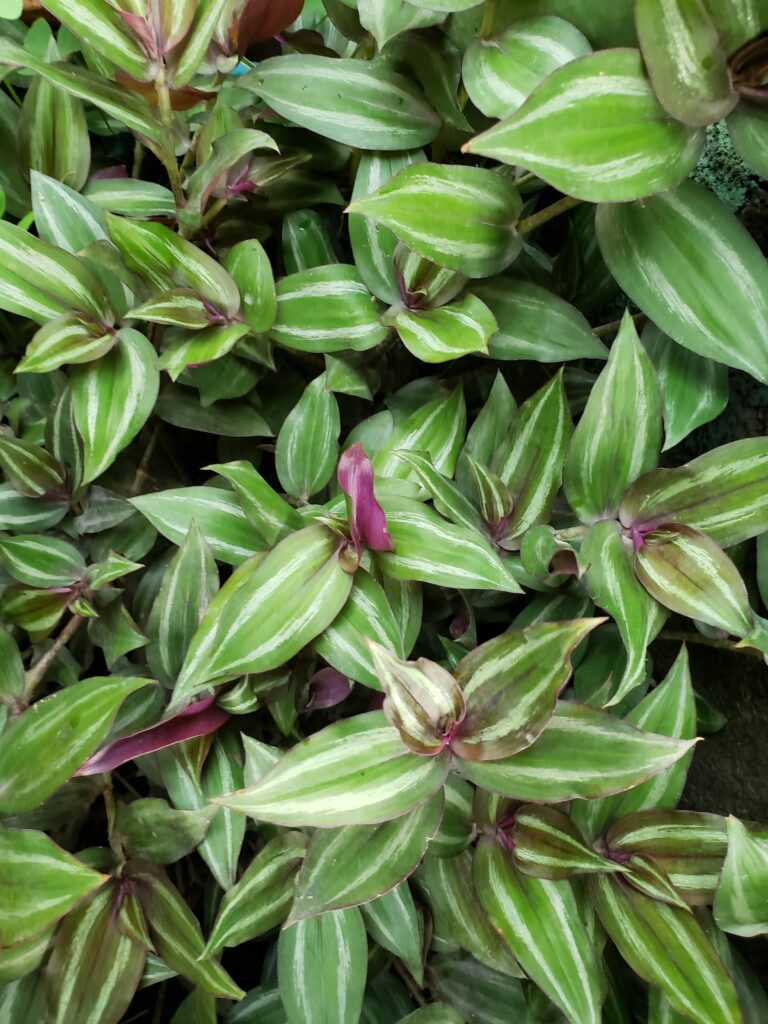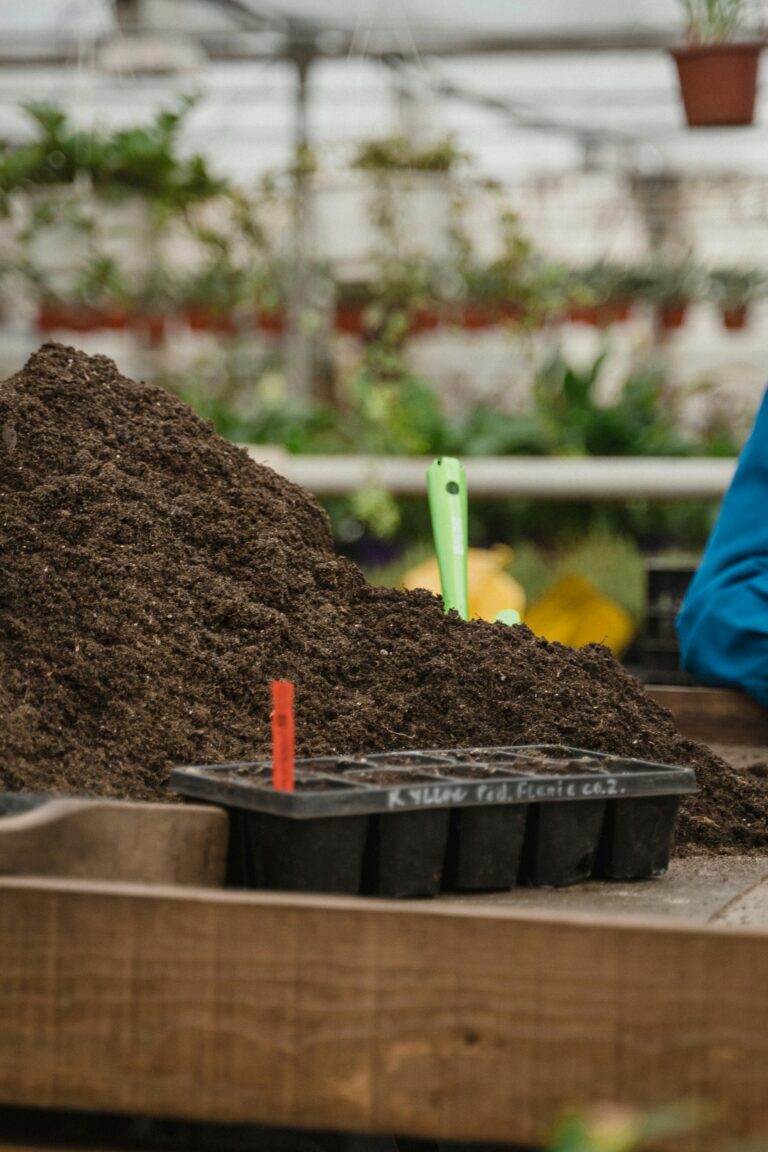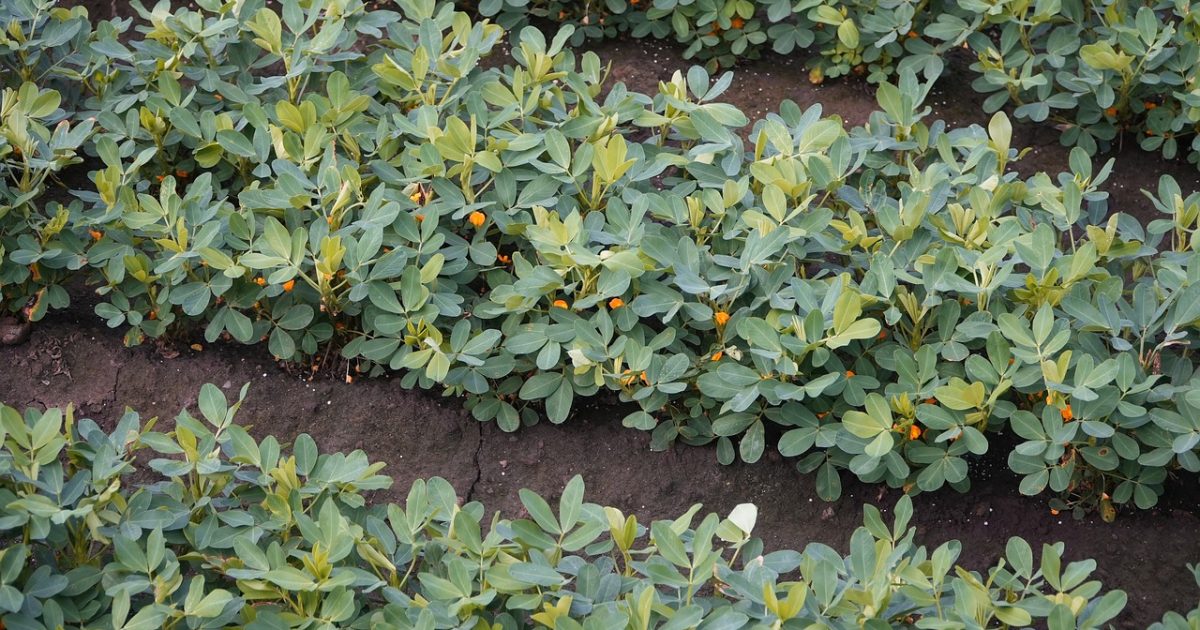
Peanuts Planting Zones: Where to Grow Peanuts for a Bountiful Harvest
Growing peanuts is a fun and rewarding experience, especially if you’re gardening in the right zone. These heat-loving plants aren’t just for Southern farmers—they can thrive in home gardens too, as long as you live in an area with the right conditions. After five years of tending to various crops in my garden, peanuts have become a favorite, thanks to their unique growing habits and the excitement of digging up your own nutty treasures. But knowing your planting zone is key to getting it right.
Understanding Peanuts Planting Zones
Peanuts thrive in USDA Hardiness Zones 8-11, where the long, hot summers provide the perfect growing environment. In these zones, the plants get the heat and humidity they need to develop underground pods. If you’re not in one of these zones, don’t worry—gardeners in Zones 6 and 7 can still grow peanuts, provided they have a good stretch of warm, frost-free days.
In my own Zone 7 garden, I’ve had success by planting peanuts after the last frost and keeping a close eye on soil temperatures. Here’s how to navigate peanuts planting based on your zone.
Growing Peanuts in Zones 8-11
These zones are prime peanut-growing areas, especially in the southern U.S., where peanuts are commercially grown. In Zones 8-11, peanuts love the naturally warm, humid conditions that help them thrive. The long, hot days are perfect for the peanuts’ slow, underground pod development.
- Pro Tip: In these zones, you can start planting peanuts in late spring, once the soil has warmed to at least 65°F. I’ve found that planting in well-draining, loose soil works wonders for healthy growth.
Growing Peanuts in Zones 6-7
Though peanuts aren’t traditionally grown in Zones 6 and 7, it’s totally possible to enjoy a homegrown harvest here with some extra care. The key is maximizing your warm-weather days. In these zones, peanuts can be grown as an annual, so be sure to plant after the danger of frost has passed and temperatures have warmed up.
In my Zone 7 garden, I typically start planting peanuts in mid-May. The biggest challenge in these zones is making sure the peanuts have enough time to mature before fall. Peanuts need about 100 to 130 frost-free days to produce a good crop.
- Pro Tip: Use black plastic mulch to warm the soil faster in spring, giving your peanuts a head start. I also recommend choosing faster-maturing varieties like Valencia if you’re in a cooler zone.
Growing Peanuts in Zones 5 and Below
If you’re gardening in Zones 5 and below, growing peanuts becomes a bit of a challenge due to shorter growing seasons. However, it’s not impossible! Gardeners in these zones can still grow peanuts in containers, moving them indoors or into a greenhouse to extend the growing season.
- Pro Tip: Start your peanut seeds indoors about 4-6 weeks before the last frost. This helps give them a head start before transplanting them outside once the weather warms up.
Soil and Temperature Requirements
No matter what zone you’re in, peanuts love loose, well-draining soil with a slightly acidic pH (6.0 to 6.5 is ideal). Compact clay soil doesn’t work for peanuts because they need room to form their underground pods. Make sure the soil stays consistently moist but not soggy—peanuts don’t like their feet wet!
In terms of temperature, peanuts really get going once the soil hits 65°F, and they thrive when air temperatures are between 85°F and 95°F. In cooler zones, if nighttime temps dip for several days, the peanuts will stop maturing, so watch those weather patterns carefully.
Extending the Growing Season
For zones on the cooler side, extending the peanut growing season can be the difference between a decent harvest and a failed crop. Here’s what I’ve learned to ensure success:
- Row covers can protect young plants from unexpected cool nights and keep the soil warm.
- Raised beds help the soil warm up faster in spring and improve drainage.
- Containers allow you to control the growing conditions more easily, and you can bring them indoors if needed.
Wrapping Up
Growing peanuts can be an exciting challenge, especially in zones that aren’t naturally suited for them. But with a little extra effort—whether it’s warming the soil, choosing the right variety, or extending the growing season—you can enjoy a satisfying peanut harvest no matter where you live. After five years of gardening, I’ve learned that patience and attention to your plants’ needs are key, especially with a crop like peanuts that does most of its work underground.
Whether you’re gardening in the heat of Zone 8 or pushing the limits in Zone 6, the right conditions and a little care will have you digging up your own peanut bounty in no time!

